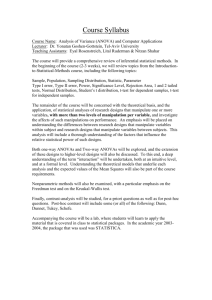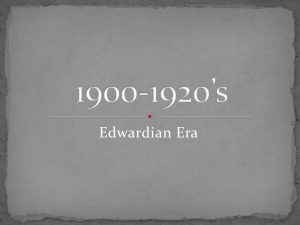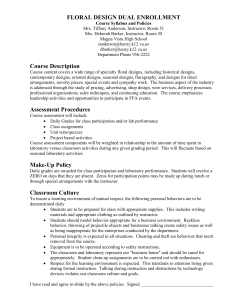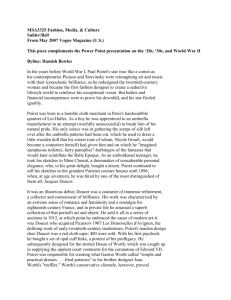PAUL POIRET Fashion Designer
advertisement
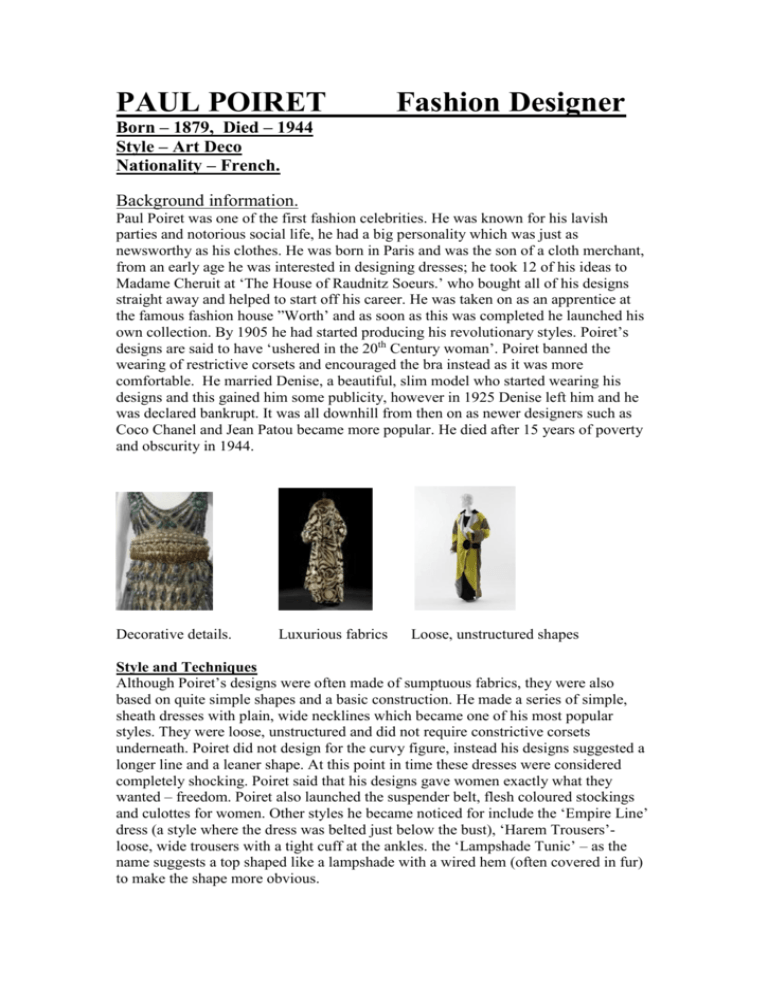
PAUL POIRET Fashion Designer Born – 1879, Died – 1944 Style – Art Deco Nationality – French. Background information. Paul Poiret was one of the first fashion celebrities. He was known for his lavish parties and notorious social life, he had a big personality which was just as newsworthy as his clothes. He was born in Paris and was the son of a cloth merchant, from an early age he was interested in designing dresses; he took 12 of his ideas to Madame Cheruit at ‘The House of Raudnitz Soeurs.’ who bought all of his designs straight away and helped to start off his career. He was taken on as an apprentice at the famous fashion house ”Worth’ and as soon as this was completed he launched his own collection. By 1905 he had started producing his revolutionary styles. Poiret’s designs are said to have ‘ushered in the 20th Century woman’. Poiret banned the wearing of restrictive corsets and encouraged the bra instead as it was more comfortable. He married Denise, a beautiful, slim model who started wearing his designs and this gained him some publicity, however in 1925 Denise left him and he was declared bankrupt. It was all downhill from then on as newer designers such as Coco Chanel and Jean Patou became more popular. He died after 15 years of poverty and obscurity in 1944. Decorative details. Luxurious fabrics Loose, unstructured shapes Style and Techniques Although Poiret’s designs were often made of sumptuous fabrics, they were also based on quite simple shapes and a basic construction. He made a series of simple, sheath dresses with plain, wide necklines which became one of his most popular styles. They were loose, unstructured and did not require constrictive corsets underneath. Poiret did not design for the curvy figure, instead his designs suggested a longer line and a leaner shape. At this point in time these dresses were considered completely shocking. Poiret said that his designs gave women exactly what they wanted – freedom. Poiret also launched the suspender belt, flesh coloured stockings and culottes for women. Other styles he became noticed for include the ‘Empire Line’ dress (a style where the dress was belted just below the bust), ‘Harem Trousers’loose, wide trousers with a tight cuff at the ankles. the ‘Lampshade Tunic’ – as the name suggests a top shaped like a lampshade with a wired hem (often covered in fur) to make the shape more obvious. He also created the ‘Hobble Skirt’-which was looser at the top and tighter at the calves – this created outcry from women who protested that Poiret was supposed to be freeing them from restrictive clothing not making them hobble about in tight skirts. Poiret sought to promote his work through fashion illustration and commissioned artist Paul Iribe to draw a collection of his designs and produce them in a book. He asked artist Raoul Dufy to create a range of bold black and white woodblock patterns which Poiret transformed into textiles for his designs. Lampshade Tunic 1912. Woodblock by R.Dufy Hobble skirt Influences and Inspiration. Poiret was very interested in Far Eastern / Oriental art, he loved its rich colours and exotic decorative elements, and included some of these ideas in his own work he based one collection on tales of ‘The Arabian Nights’. He also loved classical Greek sculpture and was inspired by the ancient Greek method of draping fabric around the body. He loved theatre and in particular the ‘Ballet Russes’ (Russian Ballet) with their flamboyant, dramatic costumes. He incorporated fringed and tasselled details, decorative jewelled belts, kimono shapes, fur trimmed hats and capes, heavy embroidery, multi-coloured feathers, coils of pearls and fox stoles into his Haute Couture garments. Such lavish detail and outrageous shapes and colours meant that his designs were worn by the rich and famous of the day, e.g. notorious dancer Isadora Duncan, and the actress Sarah Bernhardt to name but two. He encouraged celebrities to wear his designs to parties and thus became one of the first designers to embrace Public Relations as a method of increasing sales.



